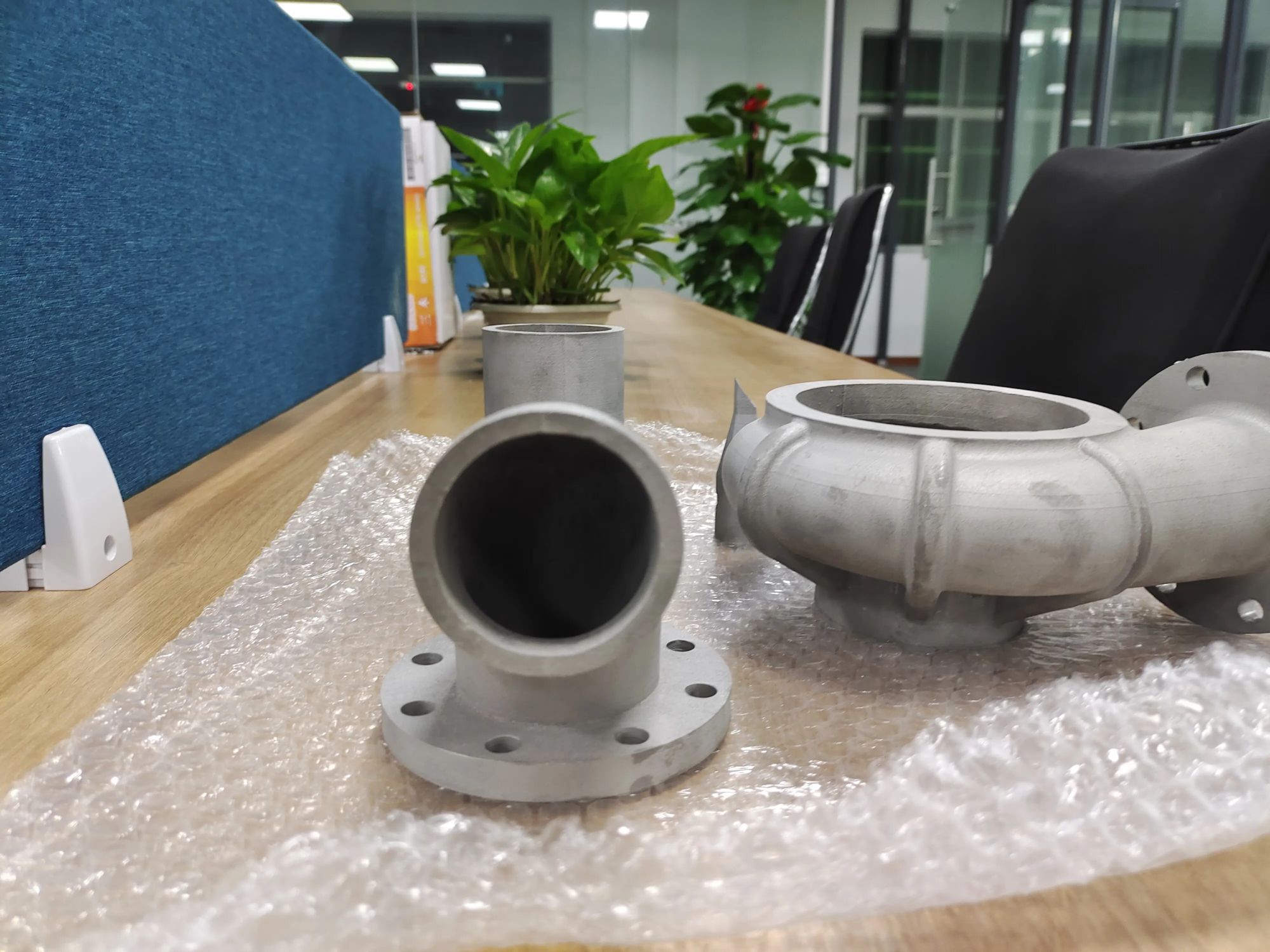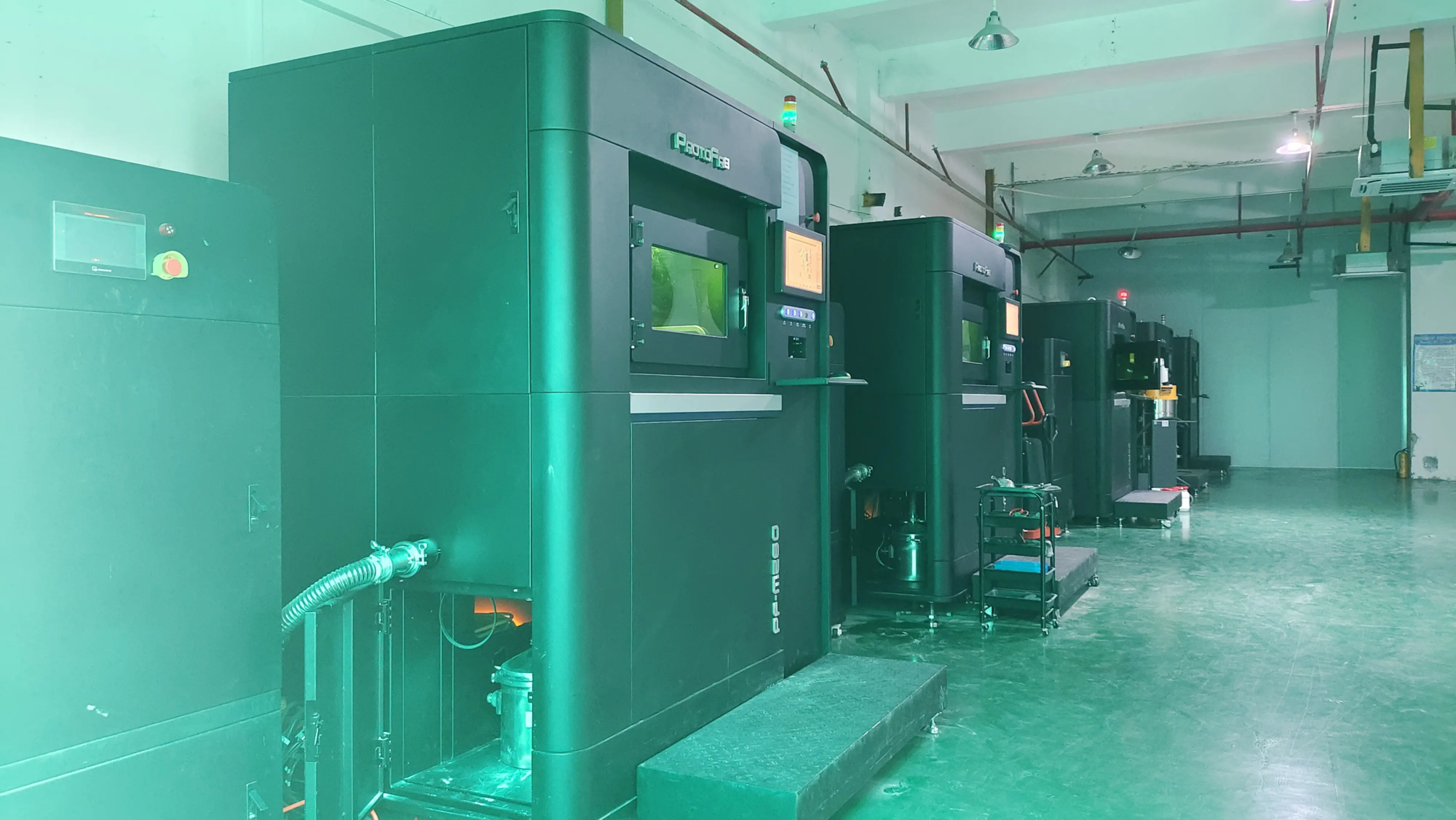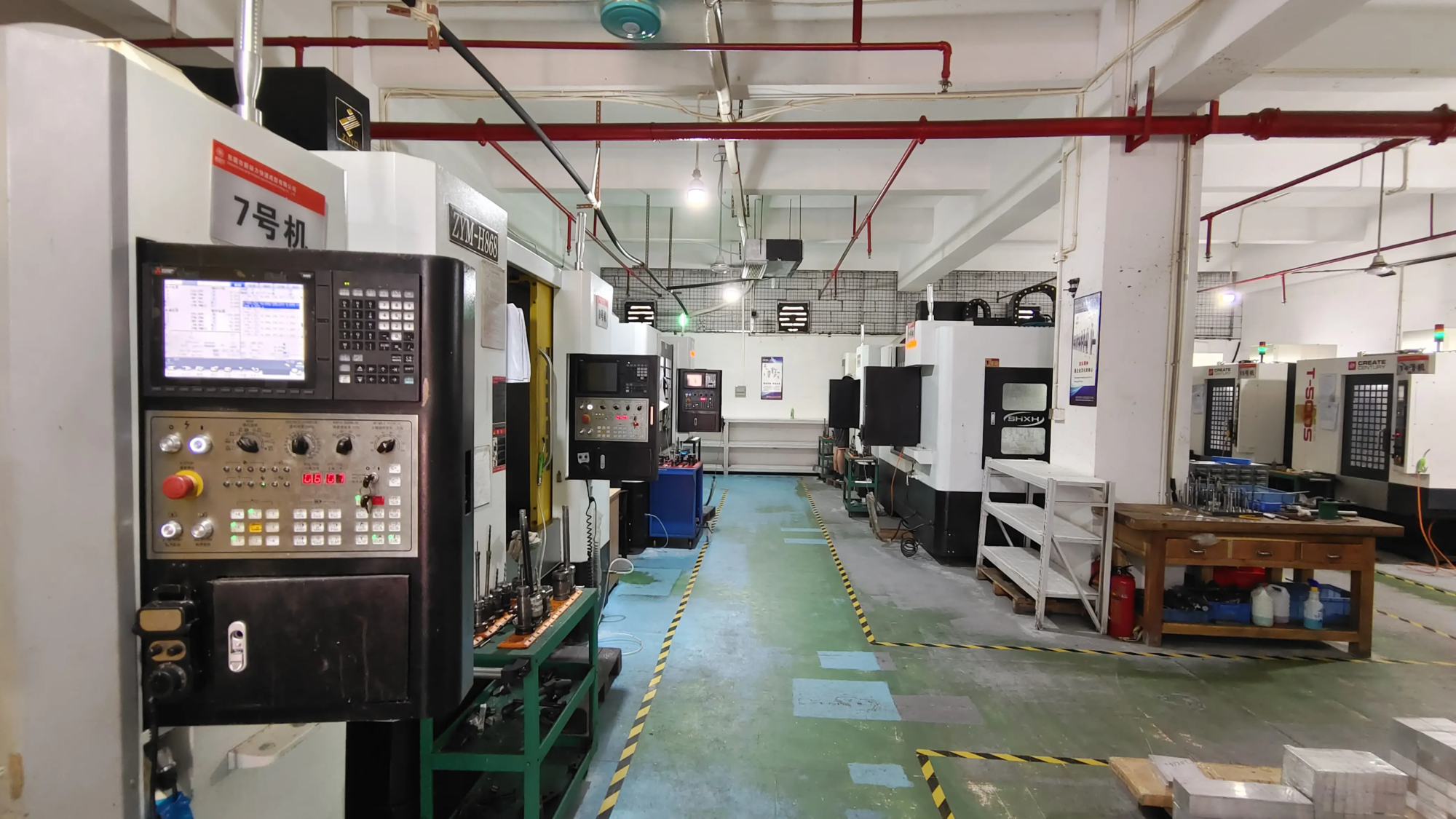The concept of 3D printed architecture has attracted attention in recent years, with many companies and researchers exploring its potential to revolutionize the construction industry. 3D printing, also known as additive manufacturing, involves creating structures through a layer using a combination of materials such as concrete, steel and plastic. The technology has the potential to significantly reduce construction time, labor costs and environmental impacts, while also creating complex and customized designs.
One of the key benefits of 3D printing a building is its ability to increase efficiency and reduce waste. Traditional construction methods often result in large amounts of material waste, with some estimates indicating that up to 30% of the material was discarded during construction. By contrast, 3D printing allows precise creation of structures, minimizing waste and reducing the environmental impact of buildings. In addition, 3D printing can be performed on site, thereby reducing the need for transportation and storage of materials.
Another advantage of 3D printed buildings is its potential to provide affordable housing solutions. This technology can be used to create an entire house or apartment in a few days rather than weeks or months. This can be particularly beneficial in areas where housing is insufficient or response to natural disasters. Additionally, 3D printing can be used to create custom housing solutions that are tailored to individual needs and preferences.
The use of 3D printing in buildings is not limited to buildings. The technology can also be used to create bridges, roads and other infrastructure. In fact, the world’s first printed bridge was completed in the Netherlands in 2017, and several other countries have followed suit since then. Using 3D printing in infrastructure construction has the potential to significantly reduce construction time and cost while improving safety and durability.
Although there are many benefits to 3D printing buildings, there are still some challenges to address. One of the main challenges is the development of suitable materials that can withstand a variety of environmental conditions. In addition, standardized regulations and codes are needed to control the use of 3D printing in buildings. In addition, the high cost of 3D printing equipment and the limited availability of skilled personnel are also major obstacles to widespread adoption.
In short, 3D printed architecture is a promising technology that has the potential to change the construction industry. 3D printing has the ability to increase efficiency, reduce waste and provide affordable housing solutions, and is an attractive option for companies looking to improve building sustainability and affordability. While some challenges still need to be addressed, the benefits of 3D printed architecture make it an exciting and innovative area worth exploring further.
FAQ:
Q: What is 3D printing in architecture?
A: 3D printing in structures, also known as additive manufacturing, involves creating structures layer by layer using a combination of materials such as concrete, steel and plastic.
Q: What are the benefits of 3D printing architecture?
A: The benefits of 3D printed buildings include increased efficiency, reduced waste, affordable housing solutions and customized designs.
Q: Can 3D printing be used for infrastructure construction?
A: Yes, 3D printing can be used to create bridges, roads and other infrastructure, reducing construction time and cost while improving safety and durability.
Q: What challenges does 3D printing buildings face?
A: Challenges of 3D printed buildings include developing appropriate materials, standardized regulations and codes, high equipment costs, and limited availability of skilled personnel.
Q: Are 3D printed buildings environmentally friendly?
A: Yes, 3D printed architecture is more environmentally friendly than traditional construction methods, as it minimizes waste and reduces the need for transportation and storage of materials.
ISO 9001 Factory





